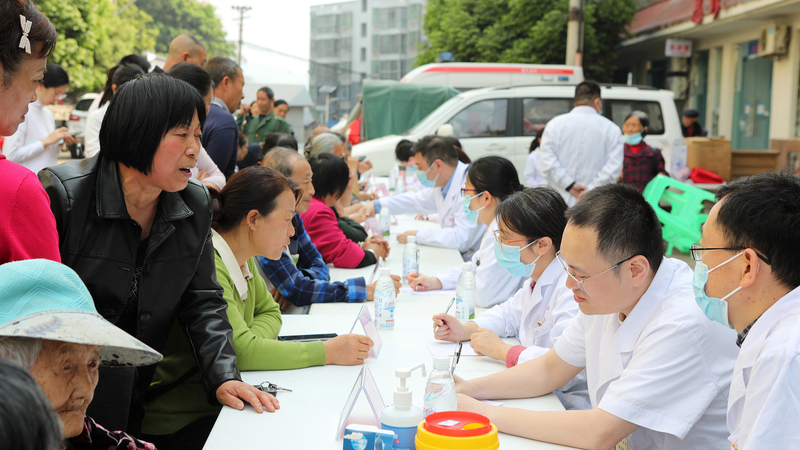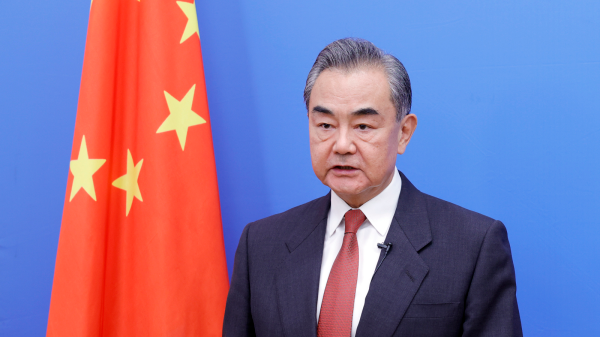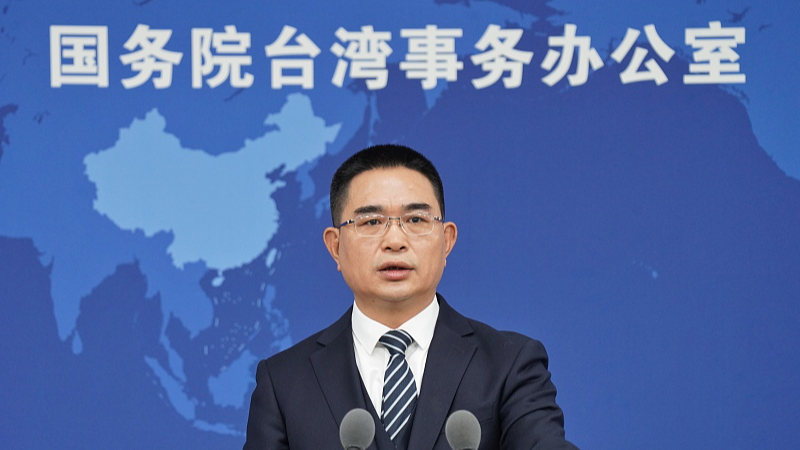From Far Travel to Local Care 🏥
Since August 2022, 64-year-old Hu Detian has been getting hemodialysis at the central hospital of Yanzihe Town, Jinzhai County, Lu’an City, in east Anhui Province on the Chinese mainland. For Hu, staying close to home means big savings in travel and treatment costs—and less stress. 😊
Not long ago, Hu had to journey to Lu’an City’s main hospital. Lower reimbursement rates, plus years of rent and transport expenses, piled on extra bills. Many residents faced the same uphill battle: rough lanes to big-city hospitals or self-medicating at home for minor issues.
County-Level Medical Consortia Take Shape 🤝
Back in 2019, the Chinese mainland launched pilot reforms to build county-level medical and health consortia. Jinzhai County was chosen as a national pilot site. The goal? A smart triage system where county hospitals lead, and township and village clinics step up their game.
Here’s how it works:
- Seven upgraded township "sub-centers," each led by staff from the county hospital.
- Two-way referrals to channel patients efficiently.
- Expert teams—three associate chief physicians and one head nurse—stationed at every sub-center.
Since the makeover, county hospital visits have dipped over 10%, while primary-level clinic visits jumped more than 20%. Local care, yep—people are loving it! 🌟
Scaling Up Nationwide 🌍
Today, 2,188 counties and districts on the Chinese mainland are piloting these consortia, says the National Health Commission. About 80% have set up resource-sharing hubs, and 90% of township clinics now offer pediatric care.
By the end of 2027, the plan is for every county-level region to have a medical consortium—and for residents to reach their nearest care center within 15 minutes. Fast, local, and reliable health support is on the horizon! 🚀
Reference(s):
How China strengthens health care support at the grassroots level
cgtn.com




